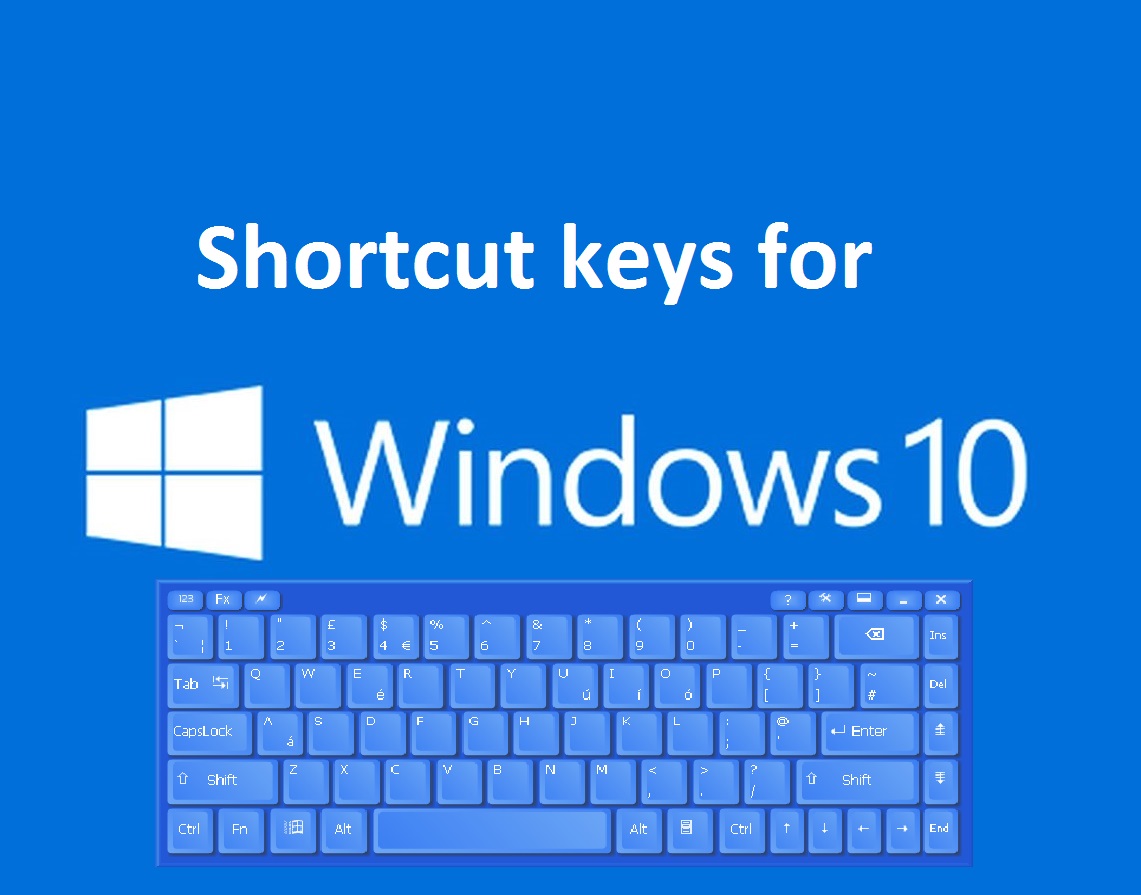
It manages windows in tiled, monocle and floating layouts. It has a flexible plug-in system and it is designed to run well on most graphics hardware.ĭwm - dwm is a dynamic window manager for X. Blackbox is built with C++ and contains completely original code (even though the graphics implementation is similar to that of WindowMaker).Ĭompiz - Compiz is an OpenGL compositing manager that uses GLX_EXT_texture_from_pixmap for binding redirected top-level windows to texture objects. Dynamic window managers can dynamically switch between tiling or floating window layout.īlackbox - Blackbox is the fast, lightweight window manager for the X Window System you have been looking for, without all those annoying library dependencies.Tiling window managers may be manual, offer predefined layouts, or both. They usually make very extensive use of key-bindings and have less (or no) reliance on the mouse. Tiling window managers "tile" the windows so that none are overlapping.Windows act like pieces of paper on a desk, and can be stacked on top of each other. Stacking (aka floating) window managers provide the tradition desktop metaphor used in commercial operating systems like Windows and OS X.

Window managers generally do not provide extras like desktop icons, which are commonly seen in desktop environments (though it is possible to add icons in a WM with another program).īecause of the lack of extras, WMs are much lighter on system resources. Fluxbox, for example, has the ability to tab windows. Many window managers provide other functionality such as places to stick dockapps like Window Maker, a menu to start programs, menus to configure the WM and other useful things. The window manager controls the appearance of an application and how it is managed: the border, titlebar, size, and ability to resize a window are handled by window managers. Window managers (WMs) are X clients that provide the border around a window. The user is free to configure their GUI environment in any number of ways. X is built as an additional (application) abstraction layer on top of the operating system kernel. As such, the visual styling of X-based environments varies greatly different programs may present radically different interfaces. X does not mandate the user interface - individual client programs known as window managers handle this.

X provides the basic framework, or primitives, for building such GUI environments: drawing and moving windows on the screen and interacting with a mouse and keyboard.

Prior to installing a window manager, a functional X server installation is required. The X Window System provides the foundation for a graphical user interface.


 0 kommentar(er)
0 kommentar(er)
